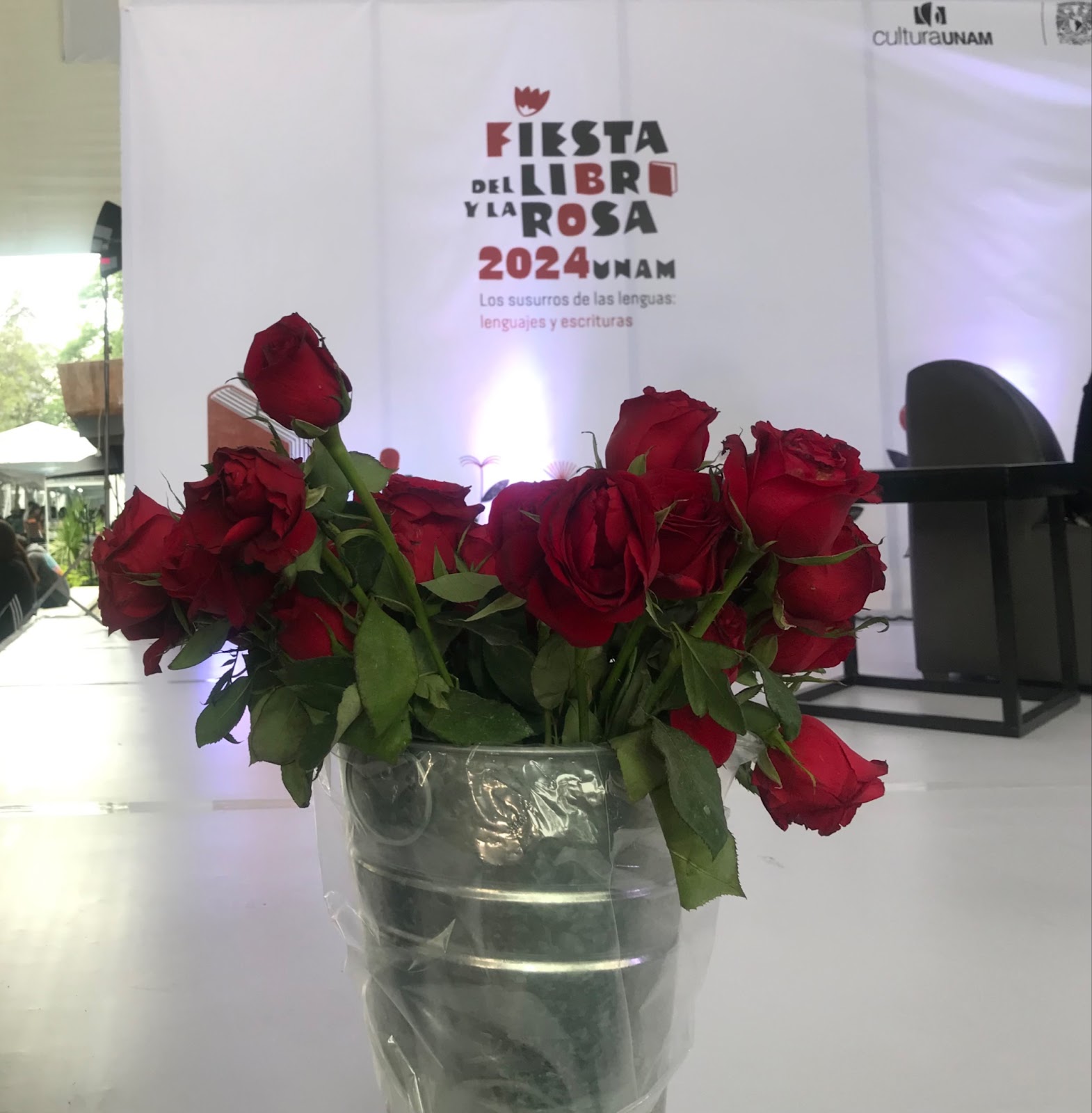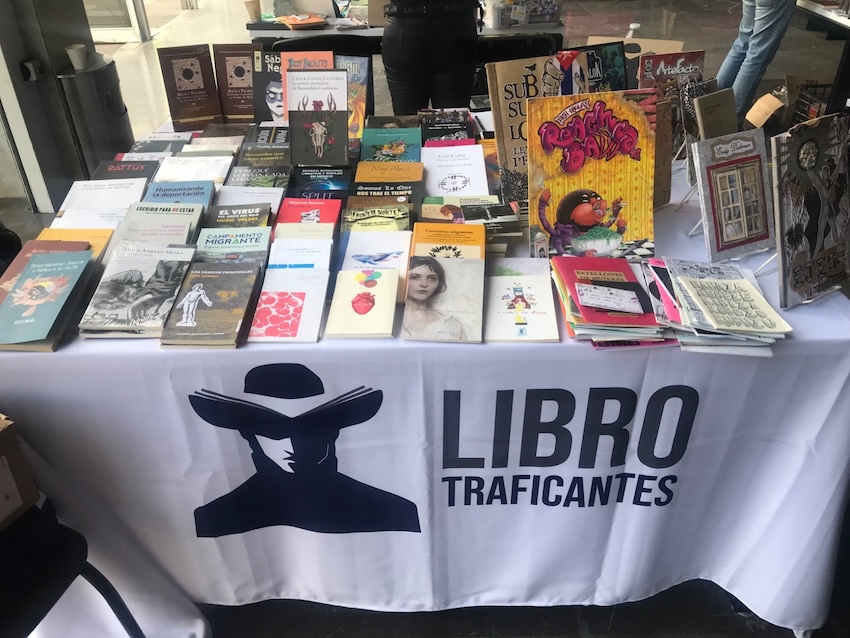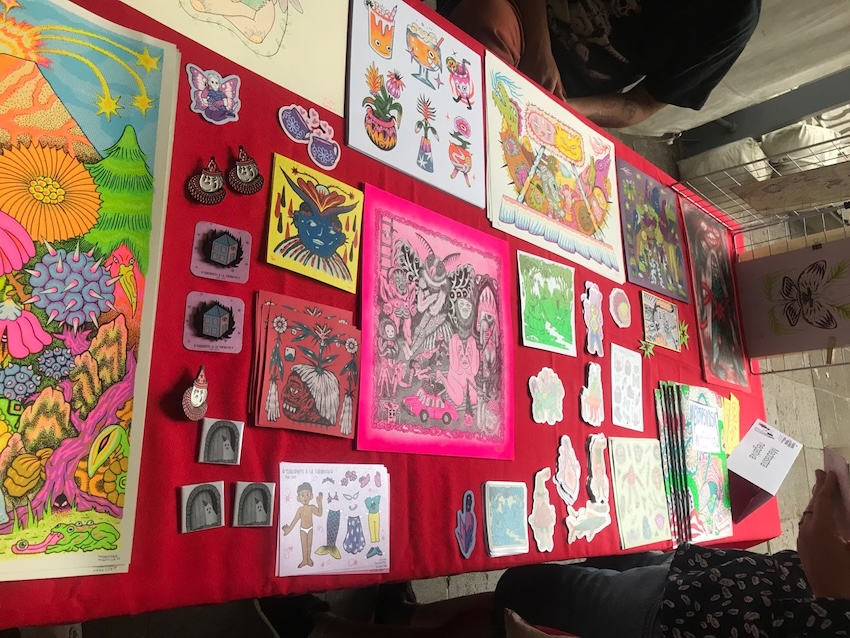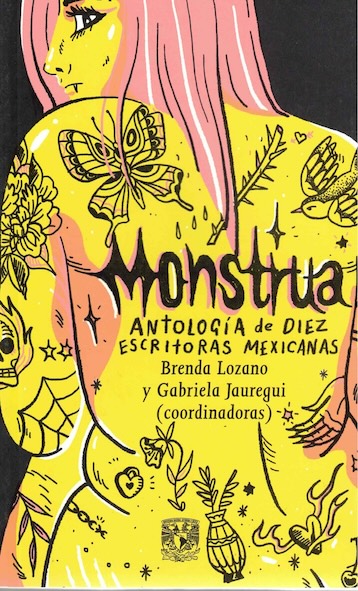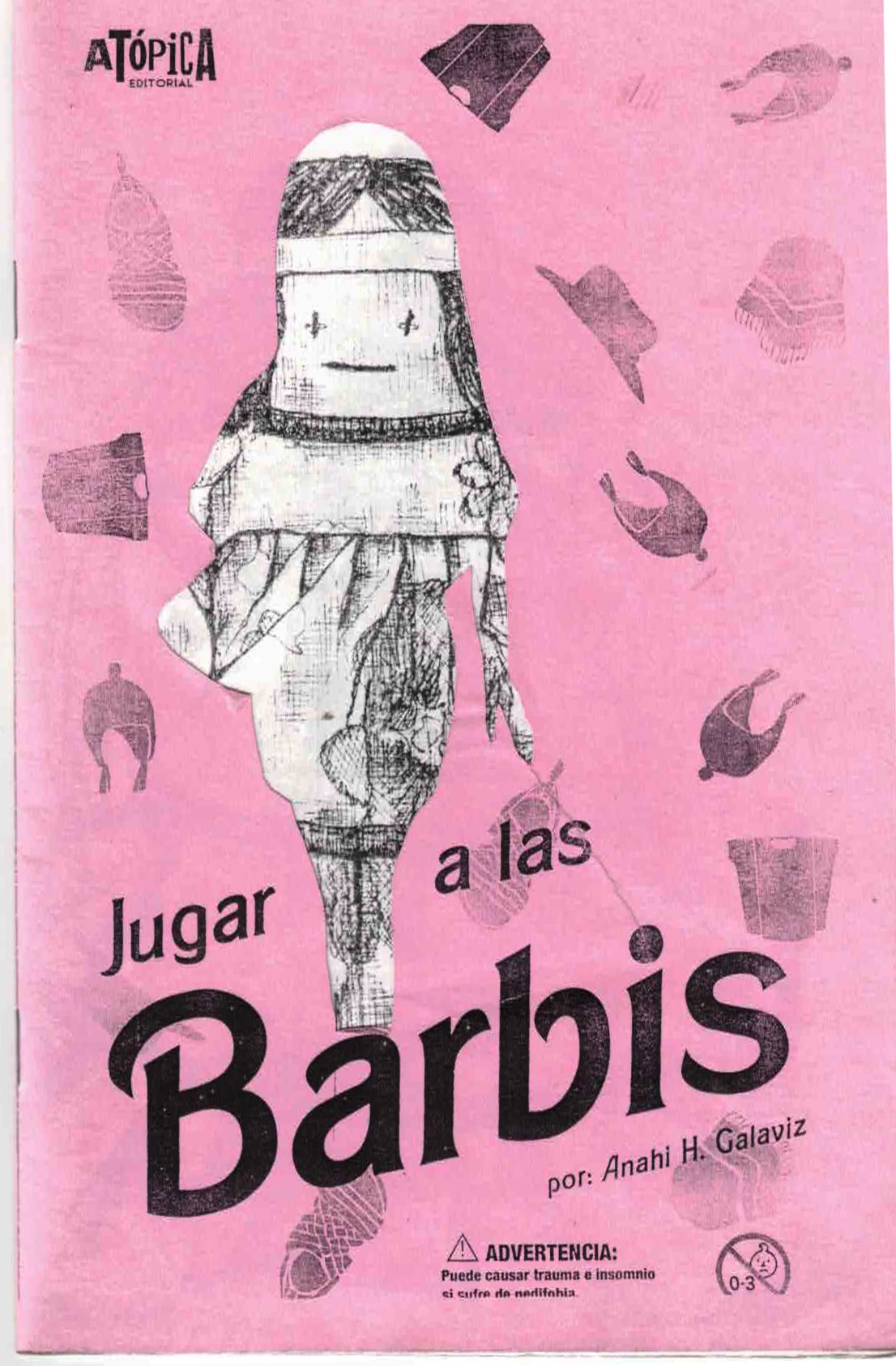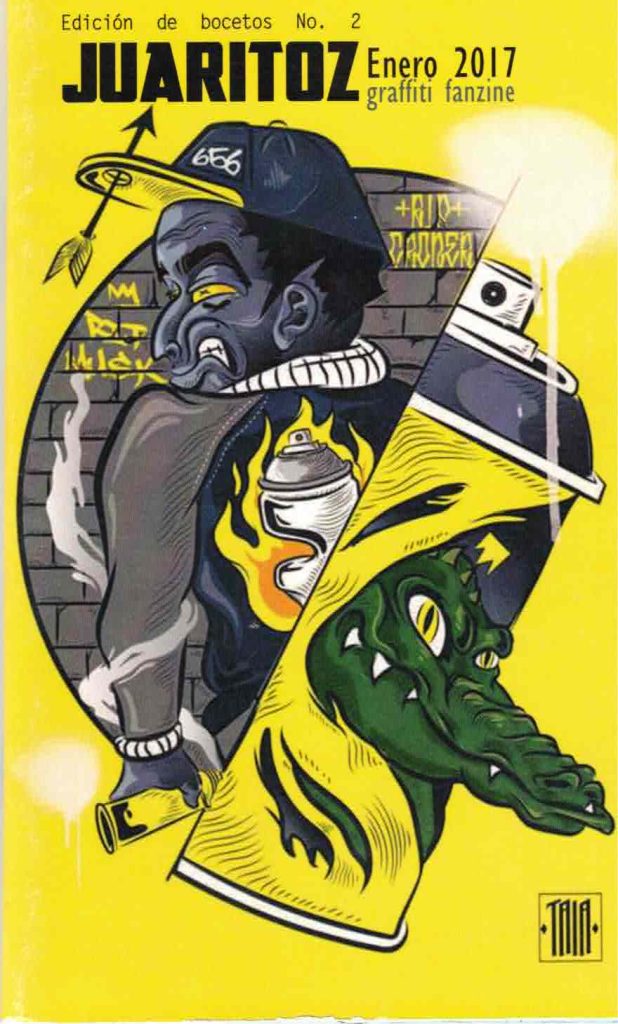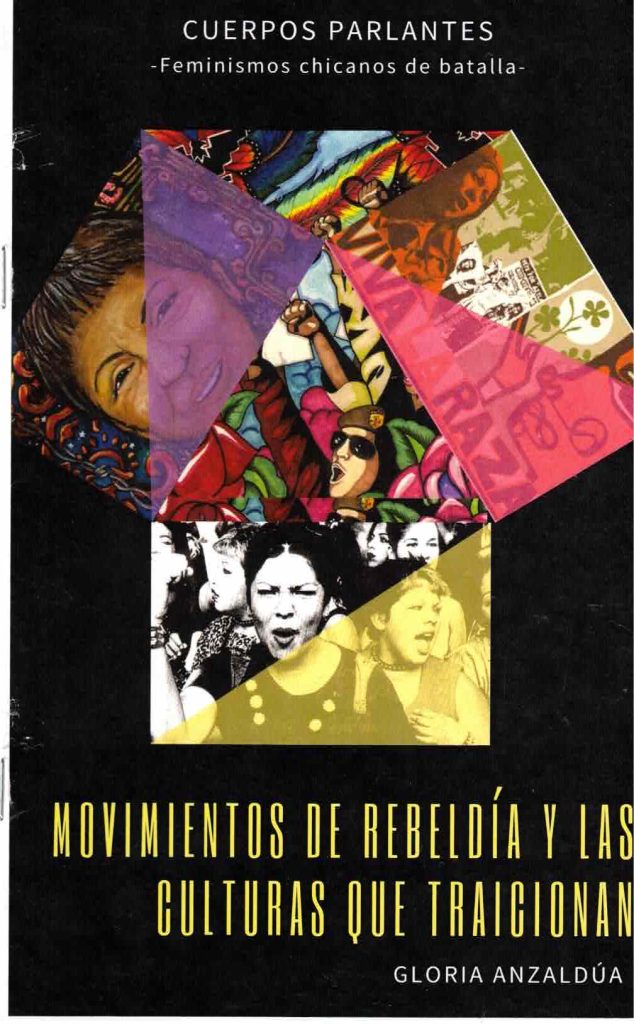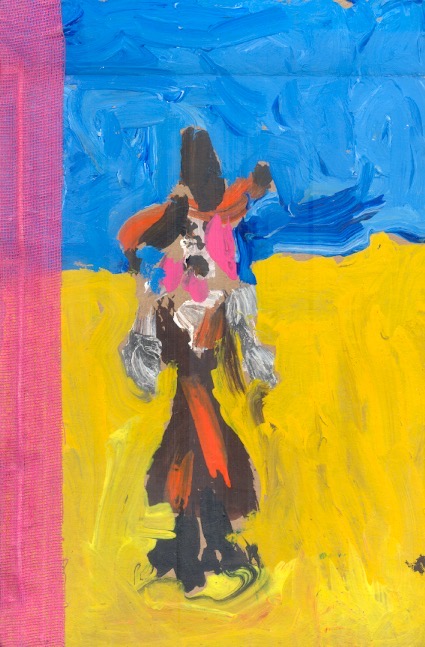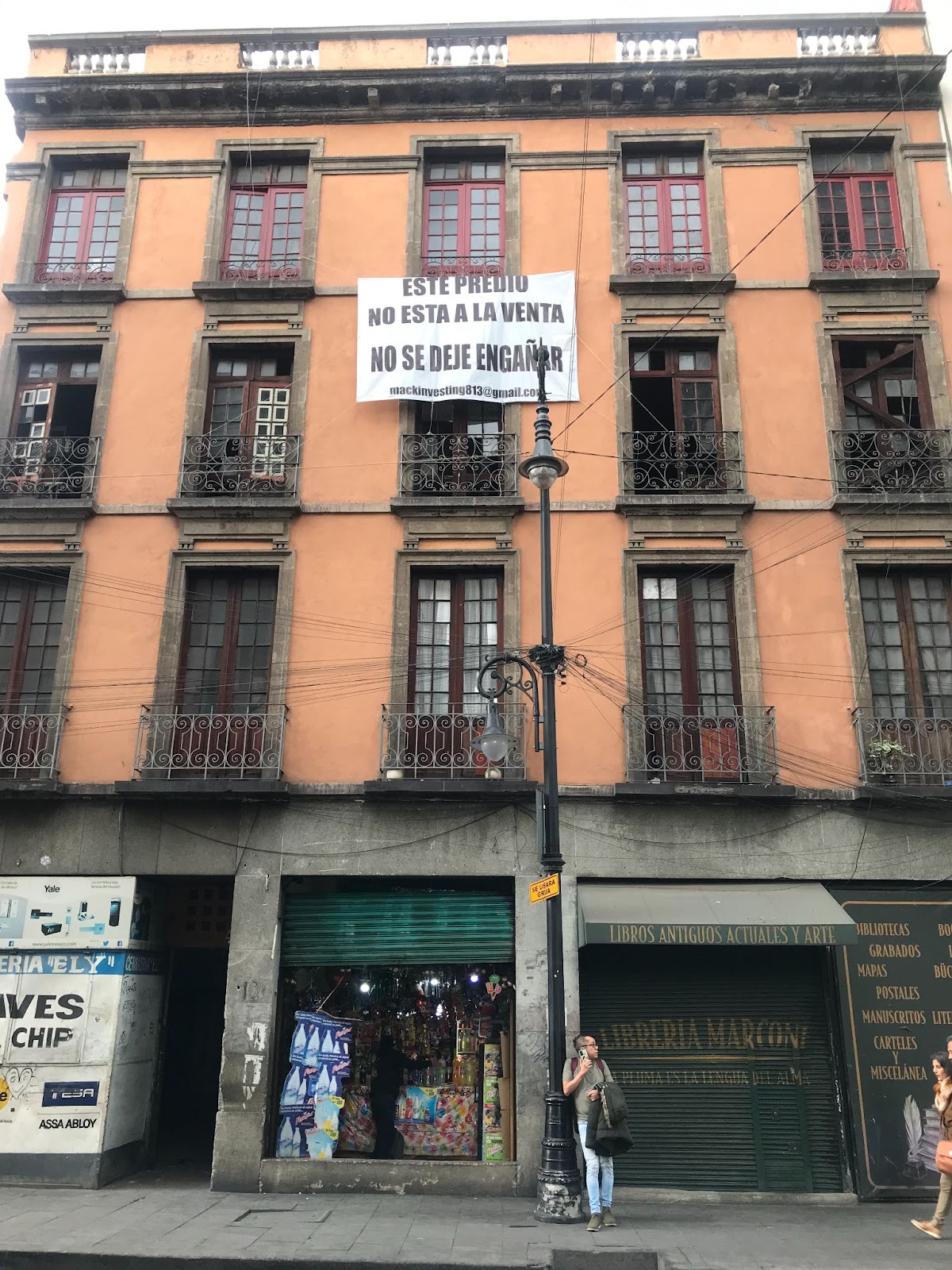When we think of cinema in Mexico, it often harkens back to the Golden Age of Cinema and more recently, to the triumvirate of Alfonso Cuarón, Guillermo del Toro, and Alejandro González Iñárritu—especially in international circles. However, it’s important to draw a distinction between Mexican cinema, cinema in Mexico, and Mexicans making films abroad—though they may seem similar, they are distinct. Despite these differences, what is clear today is the increased prominence of this art form in the country, focusing not only on national productions but also on film schools and young creators—who are numerous and undoubtedly seeking to find their identity as filmmakers and create original works.
In this context, the National Autonomous University of Mexico (UNAM) once again hosted the International Film Festival, held from June 13th to June 30th, primarily at the Centro Cultural Universitario. Established in 2011, this festival was originally conceived to promote contemporary international and Mexican cinema, now regarded as one of the most influential festivals in Mexico City and the country for art cinema. Each year, it has attracted not only more attendees and media coverage but also expanded its activities, including film screenings, lectures, discussions, performances, tributes to global cinematic figures, and various film encounters with open calls to the general public, culminating in an awards ceremony.
Additionally, a UNAM bookstand was set up at the CCU, featuring a selection of works ranging from recent releases to titles that have been part of its catalog for several years. Dominated by categories like music, theater, cinema, and literature, one of the standout titles was “Alguien camina sobre tu tumba” by Mariana Enríquez, notable not only for its colorful cover but also for its updated edition that includes new stories from cemeteries around the world visited by the author. Also featured was “El lejano Oriente de la poesía mexicana,” a compilation of Mexican poetry inspired by Eastern countries and their culture, alongside volumes of “El Ensayo,” a collection of Mexican essays seeking to emphasize their literary value, correcting the notion that this genre is often overlooked in Mexico.
Similar to the previous year, the festival collaborated with the Locarno Film Festival to host the Locarno Industry Academy Mexico. This workshop is aimed at young people from Mexico and Latin America interested in sustaining independent cinema circulation, covering aspects like distribution—both online and traditional—sales, marketing, exhibition, festival programming, and other technical aspects. High school, undergraduate, and graduate students, as well as the general public, were invited to participate in the Alfonso Reyes “Fósforo” Film Criticism Contest, where they could write essays on a selected film showcased at FIC UNAM.
The core purpose of this event lies in sharing cinema—sharing it in all its facets: taking it to new places, watching it with others, discussing and debating it, and experiencing different perspectives of cinema. It’s intriguing to note that most workshops and lectures target young audiences, and the majority of attendees at screenings are also young, perhaps seeking films not readily available in mainstream cinemas or that are inaccessible due to limited distribution. However, this grand edition has heightened anticipation for next year’s celebration of the project’s 15th anniversary.
Inkitt: BbyKevs
Wattpad: @SugoiKevs
TikTok: @bbykevs











